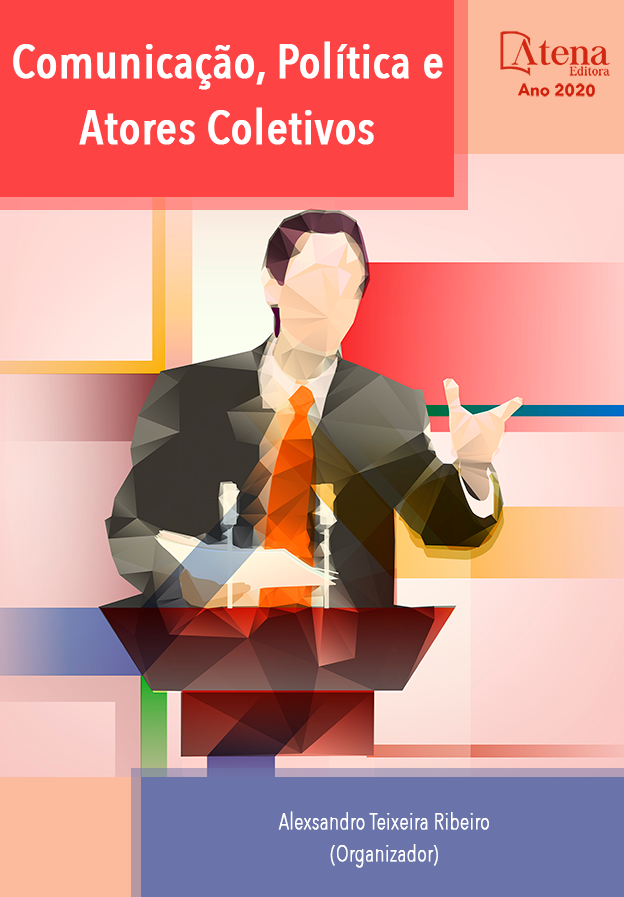
A Revolução Constitucionalista de 1932: Uma análise da cobertura midiática acerca do fato histórico
O presente estudo diz respeito a uma análise referente ao processo revolucionário de 1932, que ocorreu na cidade de São Paulo e foi intitulado como “Revolução Constitucionalista”. Para além de uma discussão a respeito do fato político, buscou-se investigar como se deu a cobertura dos eventos que demarcaram a revolução, buscando compreender preferências ideológicas e até mesmo possíveis interesses envolvidos. Nesse sentido, foi necessário revisitar publicações do início dos anos 30, tanto de veículos que eram à época considerados “grande mídia” como possíveis veículos alternativos. Ainda que o foco seja observar a mídia paulistana, tem-se como propósito estender o olhar para a imprensa de outras localidades. A Revolução Constitucionalista teve grande importância em um momento político extremamente conturbado a nível nacional. O País passava por uma crise econômica, efeito da crise internacional de 1929, atrelada à queda da chamada República do Café com Leite (1890-1929), a qual dava protagonismo para as elites de São Paulo e Minas Gerais. O rompimento se deu através da Revolução de 30, que resultou na ascensão de Getúlio Vargas à presidência da República. Entende-se que não é possível analisar o ano de 1932 separado do ano de 1930, portanto pretendeu-se acompanhar a cobertura da mídia referente a esse período curto no quesito temporal, mas longo no aspecto do impacto político.
A Revolução Constitucionalista de 1932: Uma análise da cobertura midiática acerca do fato histórico
-
DOI: 10.22533/at.ed.65120170913
-
Palavras-chave: Revolução de 1932. Mídia. Jornal. Getúlio Vargas. São Paulo.
-
Keywords: Revolution of 1932. Media. Newspaper. Getúlio Vargas. São Paulo.
-
Abstract:
The present study concerns an analysis referring to the revolutionary process of 1932, which took place in the city of São Paulo and was entitled as “Constitutionalist Revolution”. In addition to a discussion about the political fact, we sought to investigate how the events that marked the revolution were covered, seeking to understand ideological preferences and even possible interests involved. In this sense, it was necessary to revisit publications from the early 1930s, both from vehicles that at that time were considered “mainstream media” as possible alternative vehicles. Although the focus is on observing the São Paulo media, the purpose is to extend the look to the press from other locations. The Constitutionalist Revolution was of great importance in an extremely troubled political moment at the national level. The country was going through an economic crisis, the effect of the international crisis of 1929, linked to the fall of the so-called República do Café com Leite (1890-1929), which gave prominence to the elites of São Paulo and Minas Gerais. The break occurred through the Revolution of 30, which resulted in the rise of Getúlio Vargas to the presidency of the Republic. It is understood that it is not possible to analyze the year 1932 separately from the year 1930, so it was intended to follow the media coverage referring to this short period in terms of time, but long in terms of political impact.
-
Número de páginas: 22
- Carlos Eduardo Klingelfus Grasso
- Guilherme Barros Nascimento
- Israel Filipe Santos Nascimento


